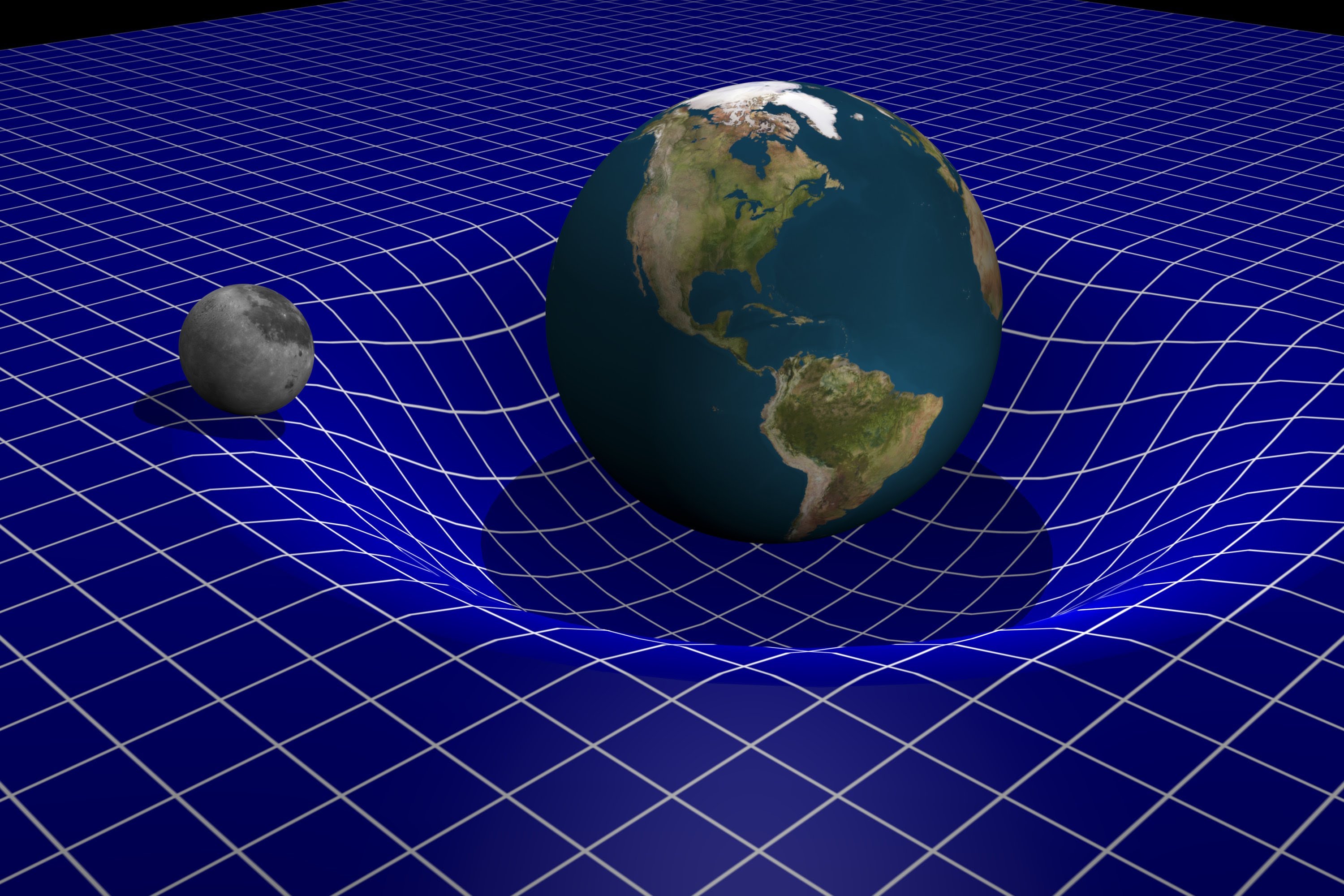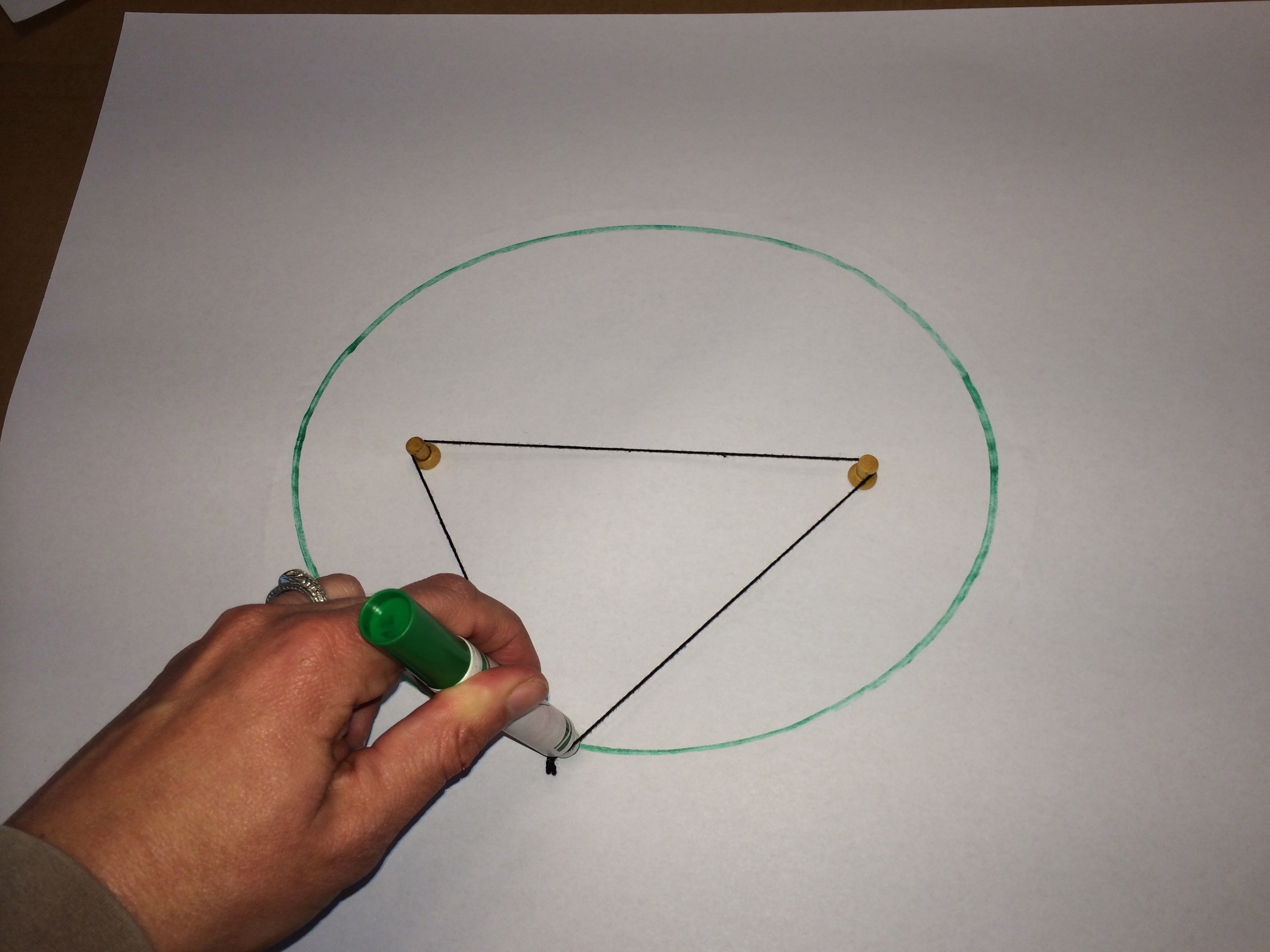
Q: What is gravity? (asked by Simon)
Wow…great question. This is a question the greatest scientific minds have asked and tried to answer for centuries. It’s a question not even Stephen Hawking, the scientific genius of the century, has fully answered.
There are a few parts to the gravity question, and they have each been addressed one by one over time:
- How does gravity work?
- What is gravity?
- Why does gravity work?
Isaac Newton stood on the shoulders of the giants before him—Aristotle, Ptolemy, Copernicus, and Kepler—and figured out how gravity works. But he was at a loss to explain what exactly this mysterious force was.
Einstein built on Newton’s work and came up with a theory for what gravity is—that is, distortions in space-time.
We have yet to understand why gravity works. Why is space-time warped? Why do objects distort it as if it were the material of a trampoline? What exactly is the nature of space?
But, lucky for me, the question above specifically asks what gravity is. And that, I can explain.
The best way to do that is to turn one of gravity’s oldest tricks, one that has perplexed scientists and philosophers for thousands of years: What makes the planets move?
Gravity in a Geocentric Universe
People started wondering how the world goes round thousands of years ago. Our story begins in the year 150 CE, five centuries after Aristotle’s time, when the Greeks were firmly entrenched in the geocentric universe.

The idea behind the geocentric universe was that the Earth was at the center of the universe, and everything revolved around us. It’s kind of like when toddlers believe they’re the most important beings in the universe—humanity had just begun to walk, and couldn’t imagine anything different.
Now, with our modern understanding, that sounds just a little bit crazy. I mean…what the geocentric universe basically suggests is that Earth’s gravity is crazy strong.
Seriously. For the universe to revolve around the Earth, Earth’s gravitational field would have to be strong enough to reach across an estimated 46.6 billion light years and hold somewhere around 3 x 1055 grams of matter.
That’s 30,000,000,000,000,000,000,000,000,000,000,000,000,000,000,000,000,000,000 grams of matter. That’s a lot of matter.
But…wait a second. Isn’t the gravitational force of any one object infinite? According to the law of universal mutual gravitation, every object in the universe tugs a little bit on every other object. Gravity extends infinitely throughout the universe.
That’s true. But gravity also follows the inverse square law, which states that the greater the distance from the gravity source, the weaker the gravitational pull.

Meaning, even though Earth’s gravity technically influences every object in the universe, by the time it touches the nearest interstellar object, it’s way too weak to hold an object even as small as the moon in orbit.
So the geocentric universe doesn’t work at all.
How Gravity Really Works
I’m not going to spend a whole lot of time on our basic understanding of gravity. I’ve done that in previous posts, and I want to devote the rest of this post to Einstein’s theory of space time. But before we move on, it’s necessary for us all to be on the same page.
First of all, planetary orbits are not circular. Johannes Kepler discovered that the planets, including the Earth, orbit the sun on ellipses, with the sun at one focus.


Planets also speed up through the part of their orbit that brings them closest to the sun, known as perihelion. (Similarly, the opposite end of their orbit is called aphelion.) And a planet’s distance from its star determines how fast it moves in general.
Now, Kepler may have figured all that out, but he never could figure out why a planet’s speed is determined by its orbital distance. Isaac Newton clarified that with the inverse square law, which I mentioned earlier.
Basically, gravity gets stronger the closer you get to an object, and any object in orbit has to move faster to avoid a collision.
But…at the risk of repeating myself…why?
Because all objects caught within a gravitational field are essentially in free fall.

Do you know Newton’s first law of motion? Any object will stay moving exactly how it’s moving, or stay still, unless acted upon by a force.
Hey, we’ve got a force. That’s gravity.
So, left alone to gravity’s devices, Earth would hurtle toward the sun and plunge to its inevitable death. Except it doesn’t, because it’s in orbit. It’s moving fast enough that by the time it falls all the way to the sun, it has moved PAST the sun.
Okay, that’s great. But it still doesn’t answer the million-dollar question: What the heck is gravity?
This is the fun part.
Albert Einstein: What Gravity Is

Gravity is distortions in space-time.
What?
Yeah, I know. That’s what I thought, too. What the heck even is space-time?
Well, to put it simply, it’s a four-dimensional universe. There are three dimensions of space, and one of time.
Basically…see that trampoline grid up there? That’s space-time. It’s like Earth is sitting on a trampoline, making its material sink down a bit. But it’s not just distorting space (all three dimensions of it, too). It’s distorting time.
Yeah, I hear ya. Crazy, huh?
The key is that space-time itself is curved, not orbital motion. Objects moving through space always take the straightest path. But when the fabric of space is curved, the straight path appears curved to us Earthlings.
So, as far as space-time itself is concerned, all the planets orbit the sun in straight lines. They just look to us like ellipses.
And if that doesn’t blow your mind, I don’t know what will. It certainly blows mine!
Pretty cool, nicely explained and written, thanks!!!
LikeLiked by 1 person
Good to hear! 😊
LikeLike